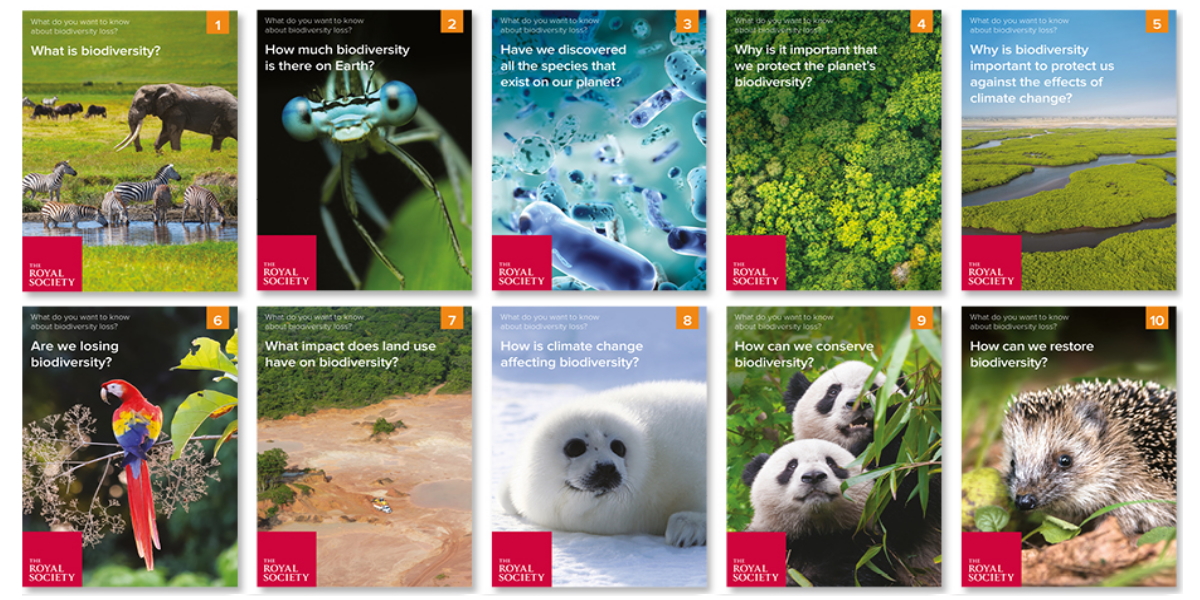Filters
Clear allSubject
- Careers (1) Apply Careers filter
- Climate Change (2) Apply Climate Change filter
- Computing (1) Apply Computing filter
- Cross curricular (2) Apply Cross curricular filter
- Design and technology (2) Apply Design and technology filter
- Engineering (1) Apply Engineering filter
- Mathematics (1) Apply Mathematics filter
- Psychology (2) Apply Psychology filter
Age range
Type
- Activity sheet (8) Apply Activity sheet filter
- Data set (1) Apply Data set filter
- Game (1) Apply Game filter
- Image (1) Apply Image filter
- (-) Remove Information sheet filter Information sheet
- Poster (2) Apply Poster filter
- (-) Remove Presentation filter Presentation
- Research (2) Apply Research filter
- Teacher guidance (13) Apply Teacher guidance filter
- Video (5) Apply Video filter
- Include Physical Resources (0) Apply Include Physical Resources filter
Showing 16 results
This resource provides Key Stage Three National Strategy training materials to run a day session with science teachers to help them develop an understanding of the key elements of Assessment for Learning and how it might affect their practice.
...This training resource from the National Strategies considers the causes of poor behaviour for learning as well as staff behaviour and its impact on learning. The aim is for teachers to: • Develop an understanding of how both student and teacher emotions can impact on learning. • Develop some strategies to avoid...
This resource, produced by SEPNet and Queen Mary University of London, uses Lego to represent the building blocks of matter. Different colour Lego bricks are assigned to different quarks and leptons. The quarks can be put together to make hadrons, such as protons and neutrons. The blocks can also be used to show...
These two Future Morph resources aim to show students that there is a wide choice of options open to those who study sciences and mathematics. The resources consist of:
Career examples list
The list covers six...
There are teacher notes and student materials which describe the research into the potential effects of climate change on a Coralline algae species. Curriculum links include biodiversity, sampling techniques, student t test, Simpson’s Index, photosynthesis, climate...
Produced in 2015, these resources look specifically at how genes can be altered in plants and how bacteria are central to genetic engineering techniques. Genetically modified (GM) crops offer the potential to help improve food security though this still remains...
From the Wellcome Trust Sanger Institute, this resource helps students to consider the allocations of funds to one or more malaria intervention projects. In groups they must discuss the pros and cons of different the projects and decide which should receive funding....
This resource looks at how cutting edge science is being used to answer archaeological questions, as well as solving present day problems, such as the identification of meat in processed foods. Analysis of mitochondrial DNA was performed, at the University of York, on samples from skeletal remains unearthed by the...
In order to avoid predators, the caterpillars of some species of moths rest during the day by masquerading as twigs, well-camouflaged and keeping their bodies rigid and still. The aim of the investigation is to determine if caterpillars of the peppered moth show a preferred angle of rest. Students look at a series...
Produced in 2015, this resource looks at glass microspheres, which contain radioactive Y-90, and are currently being used to treat liver cancer in humans, where their chemical durability is of prime importance.
This...
Produced in 2015, these resources look at the development of encoding messages and how technology and science has developed to allow us to keep messages secure. Looking at unintuitive quantum properties of light, Heisenberg’s Uncertainty Principal and entanglement, students will see how keys can be shared to ensure...
These technical briefs focus on low cost approaches to accessing energy. This is vital to health and well being and low costs are particularly important to poorer communities in the developing world.
...
These evidence-based, question and answer style classroom resources can be used to engage students of all ages...
